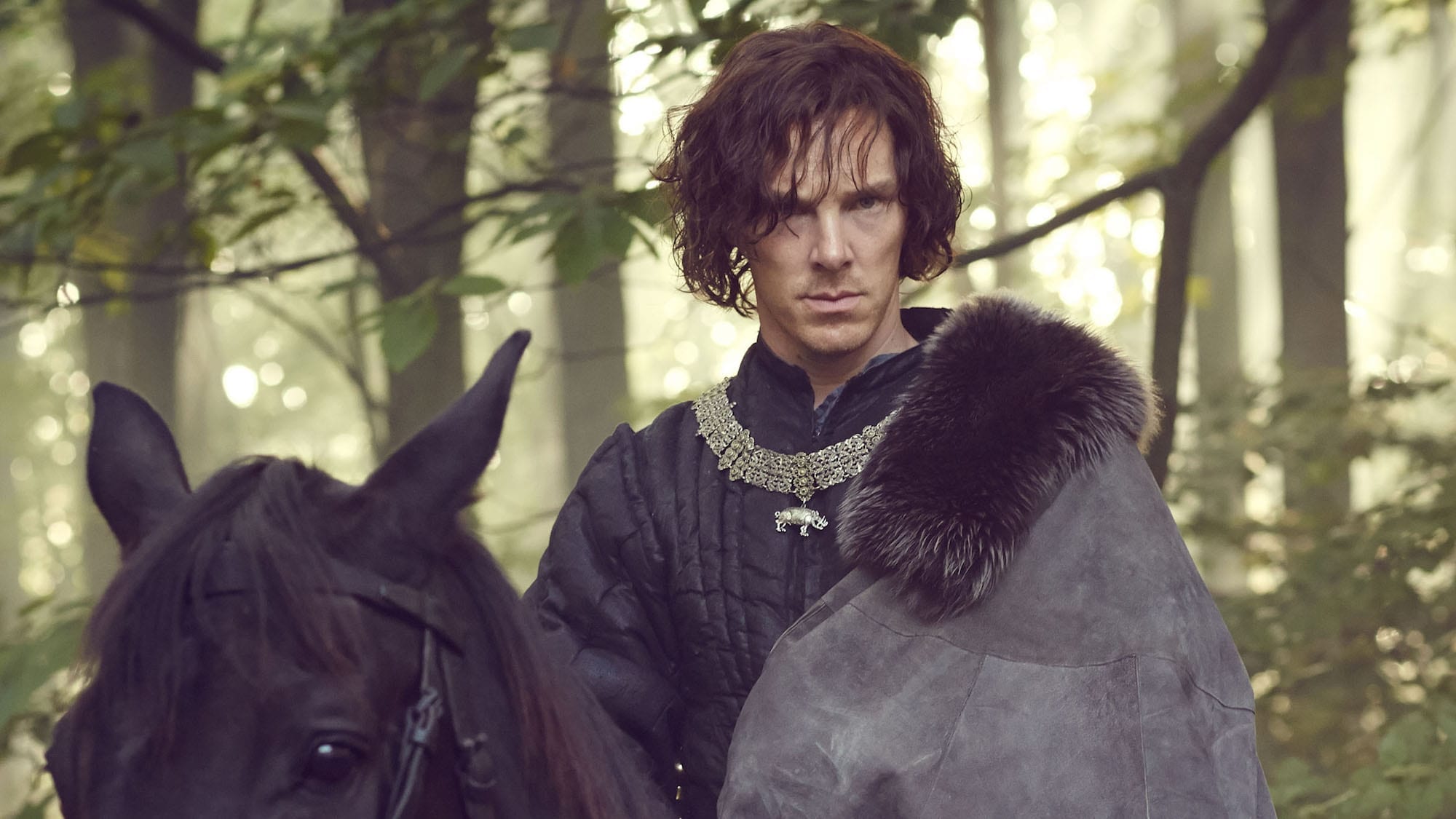
It is often bemoaned that the first time people experience most Shakespeare plays, they’re reading straight out of a bound copy and not watching the action take place on stage. Admittedly, a television adaptation doesn’t give quite the same sense of immediacy as a live drama production does, but it is generally the next best thing. And in this case, with the BBC’s production of a second series of The Hollow Crown, it’s nothing short of riveting.
The three-part series is based on Shakespeare’s first tetralogy; it includes Henry VI parts one, two and three as well as Richard III, managing to squeeze all four plays into three two-hour episodes without losing content or energy.
Benedict Cumberbatch, here cast as Richard III, commented that “There’s an immediacy and an availability to having Shakespeare on television.” And, though a few liberties with scene order and soliloquies are taken, the series is undoubtedly enjoyable for both the Shakespeare aficionado and the newcomer. The smattering of famous faces, including Cumberbatch, Dame Judi Dench, Michael Gambon and Hugh Bonneville, also makes the series immensely fun to watch.
Standout performances include the odious Richard III, with Cumberbatch delivering some startlingly hard-hitting asides to the camera (here, television creates a sense of confidentiality more effective than in the theatre). Tom Sturridge brings Henry VI to life as a meek, mild and well-meaning king, exactly fitting with Shakespeare’s portrayal of him. His true character is shown not in peaceful speeches from his throne, but on the battlefield: he cannot cope with the violence and retreats before being violently sick.
The cast of female characters, too, is one of the best I’ve ever seen for the history plays – Sophie Okonedo excels as Queen Margaret first in her calculating youth, marrying England’s king whilst carrying out a torrid affair with a courtier, then in the role of churlish, cursing widow. Lady/Queen Anne Neville is played by Phoebe Fox, who articulates well the bitterness and sorrow of a woman constantly grieving for murdered family members. Judi Dench, as Richard III’s mother Cecily, brings to the scenes of confrontation the perfect combination of hatred for his crimes and a struggle not to wilfully hurt her child. One of the most striking images in the whole series is Margaret, Anne and Cecily holding hands in a vengeful pact against the ‘bottled spider’ Richard, finally united in loathing for him.
Motifs are a particular penchant of director Dominic Cooke, and they are chosen here with enough care to prevent them from slipping into cliché. The red and white roses of Lancaster and York are plucked from the bushes near the beginning of the first episode, with gentle reminders every now and then, as when the white rose tapestry burns during the Duke of York’s murder. And the frenetic tapping of Richard III’s fingers, be it on a chess board, goblet or dagger, is at once reminiscent of a ticking clock or galloping horse hooves, suggesting war and his eventual downfall.
The Henry VI plays, along with Richard III, are quite battle-centric, and this is not lost in the adaptation. Though rather graphic, they are directed well; there is enough balance between the hundreds of men riding to war and the focus on individual duels to give a sense of both enormity and intimacy. A particular success is the Battle of Bosworth, where Richard III and Richmond’s troops ride into battle with the speeches of their leaders narrating the silent carnage.
We follow the titular hollow crown throughout the series – be it reverently placed upon a newly crowned monarch’s head, thrown into a river by a dissatisfied Henry VI, regained by Henry in the darkness of a prison cell, dislodged from its resting place by the eager Richard III or when a crown of thorns is placed on the dying York’s head. By adapting all four plays at once the series doesn’t lose momentum or disappoint: it adheres closely to Shakespeare’s words whilst maintaining visually effective drama throughout.
Words by Annabelle Fuller
